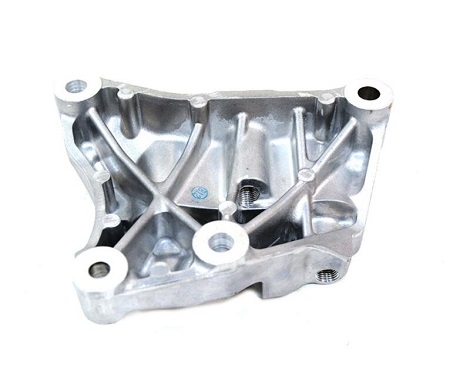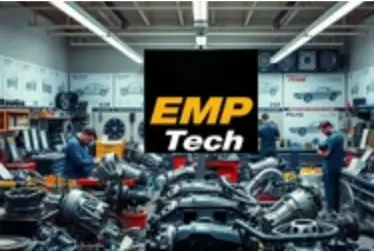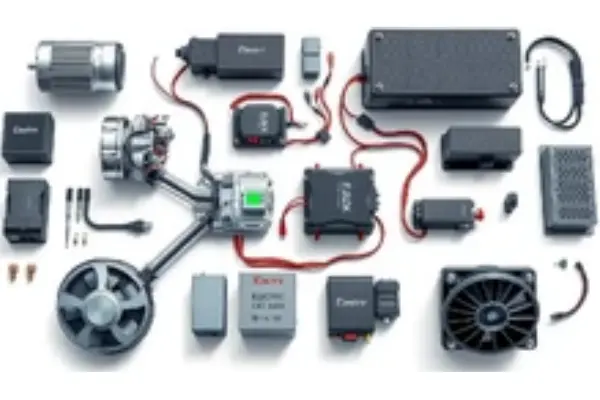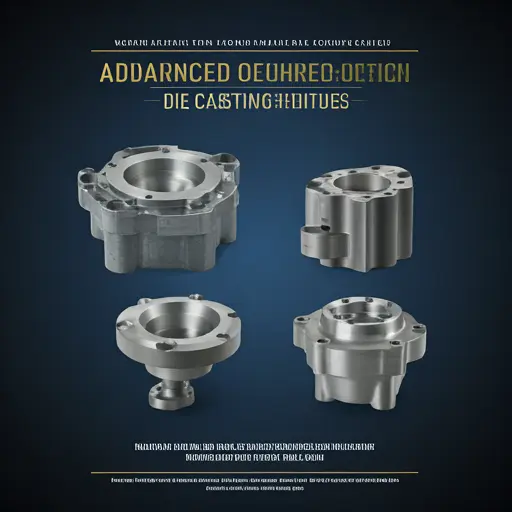

As a key component that supports and protects the engine, the manufacturing process of a car engine bracket involves a number of delicate steps. Today, we will analyze the manufacturing process behind the car engine bracket.
The manufacture of car engine bracket starts with material selection. Usually, the car engine bracket is made of high-strength, wear-resistant, corrosion-resistant materials, such as cast iron, aluminum alloy and so on. After selecting the material, it is also necessary to carry out pretreatment, including cutting, cleaning, de-oxidizing and other steps to ensure the surface cleanliness and quality of the material.
The manufacture of car engine mounting bracket needs to rely on accurate molds. Mold design needs to take into account the shape, size, structure and other aspects of the bracket to ensure the accuracy and performance of the finished product. For mold manufacturing, advanced processing equipment and processes are used, including CNC milling machine, EDM, etc., to ensure the precision and durability of the mold.
After the mold is ready, the car engine bracket can be molded and processed. According to the different materials selected, the molding method will be different, such as casting, forging and so on. The molded bracket also needs a series of processing, such as drilling, milling, grinding, etc., to meet the design requirements. These machining processes require high-precision equipment and technology to ensure the precision and quality of the bracket.
Finally, the car engine bracket needs to go through strict quality inspection and post-processing. Quality inspection includes dimensional measurement, appearance inspection, performance test and other aspects to ensure that the bracket meets the design requirements. Post-processing includes painting, anti-rust treatment, etc., to increase the aesthetics and durability of the bracket.
Through the in-depth analysis of the above four aspects, we can see that the manufacturing process and casting bracket design of car engine bracket is a complex and delicate process, which requires the close cooperation and fine operation of many links. Only through a rigorous manufacturing process can we ensure the quality and performance of the car engine bracket, so as to protect the safety and stable operation of the car.


